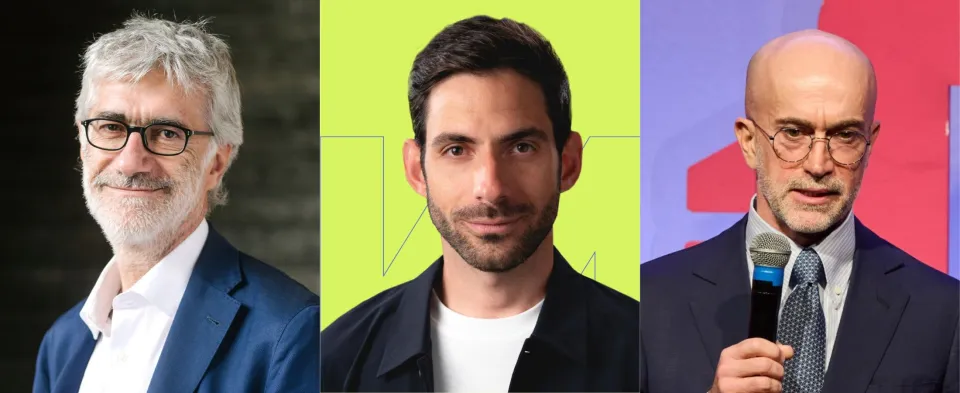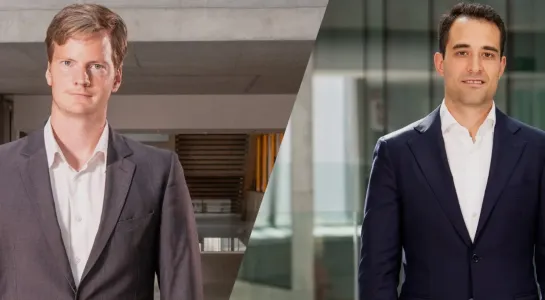
The Future of Journalism in an Age of Social Media and Fake News
According to the calculations of Philip Meyer, a famous scholar of the American publishing market, the last paper copies of the New York Times will be purchased in 2043. Only digital information will remain standing in a not too distant future. The prophecy, according to several journalism theorists, could become reality even more quickly considering the speed with which artificial intelligence is transforming the world of newspapers by entering the newsrooms and revolutionizing the way in which news is produced, distributed and consumed.
According to the latest report from the Reuters Institute, the spread of AI in news organizations continues unabated with 87% of journalists working in the main international newspapers convinced that newsrooms have now been completely or partially transformed by algorithms and chatbots. The ambition of media companies, the survey explains, is in fact the personalization of content to increase reader engagement. Hence the multiplication of new tools: from those that transform text articles into audio (75%), to those that provide summaries created via AI (70%), through translations into different languages (65%) in one click. The objective is clear: to conquer the time and attention span of readers. Luca De Biase, Bocconi alumnus, journalist and essayist expert in innovation, explains how the difference in these years of great change will be made by those who in the vast sea of digital information will be able to carve out new spaces of relevance, re-establishing the pact of trust between the news organization and the reader. A bond even more important in the age of digital platforms and social media that monopolize the attention of hyper-connected readers.
He says: “The novelty compared to the analog world is that it is time that is scarce today, or rather the public's attention span. When only paper newspapers existed, column space was the scarce resource par excellence and was controlled by publishers. Today it is no longer like that.” And the competition with platforms, think of X or Instagram, has become fierce. Without newspapers having emerged as winners. “We must find another space to provide information,” adds De Biase, “an alternative to that of platforms that are created to entertain but not to inform. Journalism is knowing how things are according to a precise method, which verifies sources, which is independent, accurate, which can also be relatively light and fun but not devoid of precision.” The good news is that the need to know what is happening in the world, from a neighborhood street to a country thousands of kilometers away, has not decreased over the years, if anything it has scattered. We must therefore start again from the relevance of the journalistic method and for De Biase some experiments in this direction have worked in recent years. "In Italy, Il Post has been able to create its own community of readers and it is no coincidence that this online publication reiterates how its strength lies in the method and care with which it presents the news, but there are also international cases like ProPublica, founded to do journalistic investigations that newspapers no longer do. A successful case, so much so that three years after its birth it won the Pulitzer Prize. The challenge today I believe is to create a space, a context in which the meaning of journalism can be found again."
Riccardo Haupt, Bocconi alumnus and CEO of Chora&Will Media, further refines the idea: "Traditional journalism understood as information about what happened yesterday is dead. It is a mere commodity that everyone has on their handheld screens. At both Chora and Will we are instead aiming for a logic of involvement, we want to generate community value around content." An attitude that is evident if you look at Chora's core business, namely podcasts, a growing market also in Italy, where at the end of 2024 there were 17.2 million active listeners. "We work like a major publishing house of yore,” Haupt explains, “which has a countless number of titles but is authoritative and recognizable as a brand in its own right." And then there are the voices. "Artificial intelligence is a huge reality, we use it to speed up editing or for translations, but if you look at the creator economy and the boom it has had in recent years, you realize how the role of the human being has never been so central. The strongest brands, those that bring home the most important numbers, are always faces in flesh and blood. You can listen to a voice similar to that of Cecilia Sala, recreate it with artificial intelligence, but it will never be comparable to the real thing. For this reason, I imagine a future of humans with AI, rather than AI replacing humans," he concludes.
According to alumnus Francesco Carione, General Manager of Gazzetta dello Sport, "Artificial intelligence is a revolution on par with the internet if not faster. If the first websites, I'm thinking of Corriere della Sera and Gazzetta, were born around the second half of the 1990s and took at least 24 years to become profitable, for artificial intelligence the times will be much faster." It will therefore be essential for managers to work on in-house skills, prepare the new generations of journalists who will be called upon more than ever before to guarantee quality information to readers. For Carione, in an increasingly digital future, publishing companies will have to focus on authoritativeness to stand out, and the issue of copyright will arise even more forcefully. "This is evident if you look at sports information. Almost all news today is produced by traditional media whose contents are then pirated and reworked, today also through AI, in a few seconds by newspapers of all kinds." A disposable system of para-information, which risks also fueling disinformation. But it is precisely in this cloudy context that quality journalism can emerge. "In a world where fake news and fake images proliferate, the reader will need to rely more on those who are capable of telling the facts, who actually do the dirty verification work. I remain convinced that in this scenario quality brands will emerge with force. Especially today when there is so much to see in sport plays and therefore original analysis and storytelling skills are needed."

